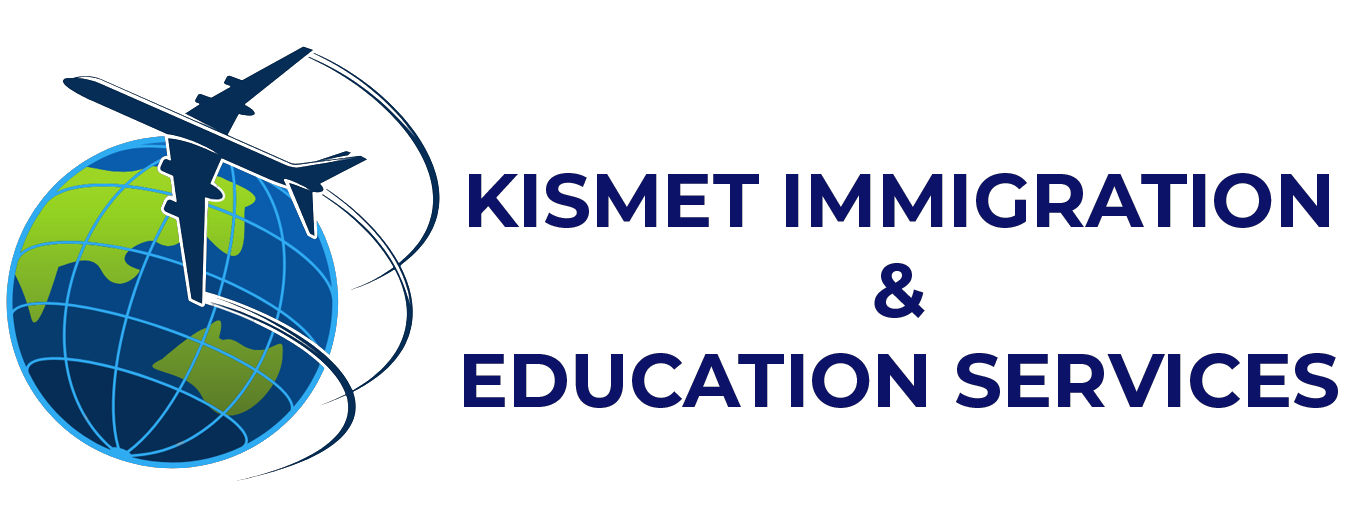Call Us Now:
+91 85708 04202
Why apply for US H1B Visa?
- Opt for the US H1B Visa for employment opportunities in the USA.
- Eligible fields include IT, Finance, Architecture, Medicine, and Science with a Bachelor’s degree.
- Potential to earn in USD, often significantly higher than current salaries.
- Offers a direct pathway to obtaining a Green Card for permanent residency.
- Opportunity to settle in the USA with your family.
The US H1B Visa stands out as a sought-after avenue for working in the US, requiring employers to apply on behalf of specialized employees. Typically, applicants possess at least a Bachelor’s degree in fields like IT, finance, architecture, medicine, and science.
Y-Axis offers comprehensive support to employers in filing H1B petitions for their staff. Additionally, we assist individuals worldwide in securing employment with companies willing to sponsor them for an H1B visa.
How does the H1B Visa Work?
The H1B visa, a non-immigrant visa, enables US companies to employ graduate-level workers in specialized fields like IT, finance, engineering, mathematics, and medicine. Below is an outline of the typical H1B visa process:
1. Petition Filing: Employers initiate the process by submitting a petition to the United States Citizenship and Immigration Services (USCIS) on behalf of the desired candidate. This includes approval of the Labor Condition Application (LCA) from the Department of Labor (DOL), ensuring compliance with labor regulations.
2. Cap and Lottery System: An annual cap exists on the number of H1B visas issued, typically 85,000, with 20,000 reserved for applicants holding a master’s degree or higher from a US institution. A lottery system is often utilized when petitions surpass the cap due to high demand.
3. Selection and Approval: Selected petitions undergo review by USCIS. If approved, the foreign worker can apply for the H1B visa at a US Embassy or Consulate in their home country, although approval is contingent upon individual case merits.
4. Visa Application and Interview: Upon petition approval, the foreign worker must apply for the H1B visa with the Department of State (DOS), potentially attending a visa interview.
5. Admission to the US: Upon visa approval, the beneficiary may enter the US. The H1B visa typically allows for an initial stay of up to three years, extendable to six years.
6. Change of Employer: H1B workers can change employers, with the new employer required to file a new H1B petition.
7. Dual Intent: Unlike certain other visas, the H1B permits dual intent, allowing holders to pursue permanent residency while on a temporary work visa.
8. Portability: H1B visa holders enjoy portability, enabling job changes within specialty occupations, provided the new employer files a new H1B petition.
Given the complexity and variation in immigration laws, legal counsel or assistance from an immigration professional is often necessary to navigate the process successfully.
Details of the US H1B Visa:
- The US H1B Visa is highly competitive due to an annual visa cap, resulting in significant demand from US employers. It is considered one of the top visas for working in the US, as it also serves as a pathway to obtaining a Green Card.
Under the H1B Visa, successful applicants can:
- Reside and work in the US
- Extend their stay in the US
- Change employers while under H-1B status
- Reside in the US with dependent spouse and children (under 21 years old)
Validity of the H1B Visa:
- The H1B Visa typically has a validity of three years, with the option to extend it for up to a maximum of six years.
- Upon expiration, the foreign worker must either leave the US or obtain a different visa to maintain legal status, failure to comply may result in deportation.
Documents Required for US H1B Visa:
- The H1B Visa operates on a point-based system, requiring a minimum of 12 points for assessment. Applicants must possess:
- A Bachelor’s or Master’s degree from the US (or equivalent from their country)
- 12 years of work experience
- A combination of education and work experience
- Points are allocated as follows:
- 3 points for each year of college studies
- 1 point for each year of work experience
- Once the minimum of 12 points is achieved, the H1B petition can be prepared.
Best time to apply?
The optimal time to initiate the H1B visa application process is typically early in the year, prior to the commencement of the U.S. government’s fiscal year on October 1. Here’s a breakdown of the timeline and key considerations for H1B visa applications:
January to March: During this period, applicants and prospective employers should commence preparations for their H1B visa petitions. This involves gathering all requisite documentation, including obtaining labor condition approval (LCA) from the Department of Labor, a prerequisite for filing the H1B petition.
April 1: USCIS commences acceptance of H1B petitions. Given the annual cap on the number of H1B visas issued, and the high demand that often surpasses the cap within the initial days of April, it is crucial to have the petition ready for submission by this date.
Post April 1: Once the visa cap is met, USCIS ceases acceptance of new H1B petitions for that fiscal year. If the petition is selected in the H1B lottery and subsequently approved, the beneficiary can commence employment on October 1, coinciding with the start of the fiscal year for which the visa is issued.
It is essential to note that preparation for filing an H1B petition should commence well in advance of these dates. Employers and applicants must factor in the time required to:
- Establish eligibility for the H1B program.
- Complete the LCA process, which may take a week or longer to be certified.
- Craft a comprehensive job description aligning with the specialty occupation criteria.
- Compile educational and professional documents, including assessments for foreign degrees.
- If necessary, prepare responses to Requests for Evidence (RFE), commonly issued by USCIS for additional information to determine eligibility.
Given the competitive nature of the H1B visa process and the visa cap limitations, it is advisable to collaborate with experienced immigration attorneys or specialized consulting firms proficient in H1B visas to ensure timely and accurate filing.
Get H1B Visa from India
Step 1: Determine Your Visa Type Review the Common Nonimmigrant Visas to identify the visa type applicable to your situation. Each visa type outlines qualifications and required application items.
Step 2: Complete the DS-160 Form Proceed to fill out the Nonimmigrant Visa Electronic Application (DS-160) form. Ensure accuracy by following the Guidelines for Completing the DS-160 Form meticulously. Once submitted, no changes can be made.
Step 3: Pay the Visa Fee Upon completing the DS-160, proceed to pay the applicable visa fee.
Step 4: Schedule Appointments Log in to your profile using the same credentials used for the visa fee payment. Schedule two appointments – one for the Visa Application Center (VAC) and one for the visa interview at the Embassy or Consulate.
Step 5: Attend VAC Appointment Gather the required documents and attend the Visa Application Center (VAC) appointment as scheduled.
Step 6: Attend Visa Interview Following your visit to the Visa Application Center for photo and fingerprint capture, attend the scheduled visa interview at the U.S Embassy or Consulate. Bring along all necessary documents as per requirements.




